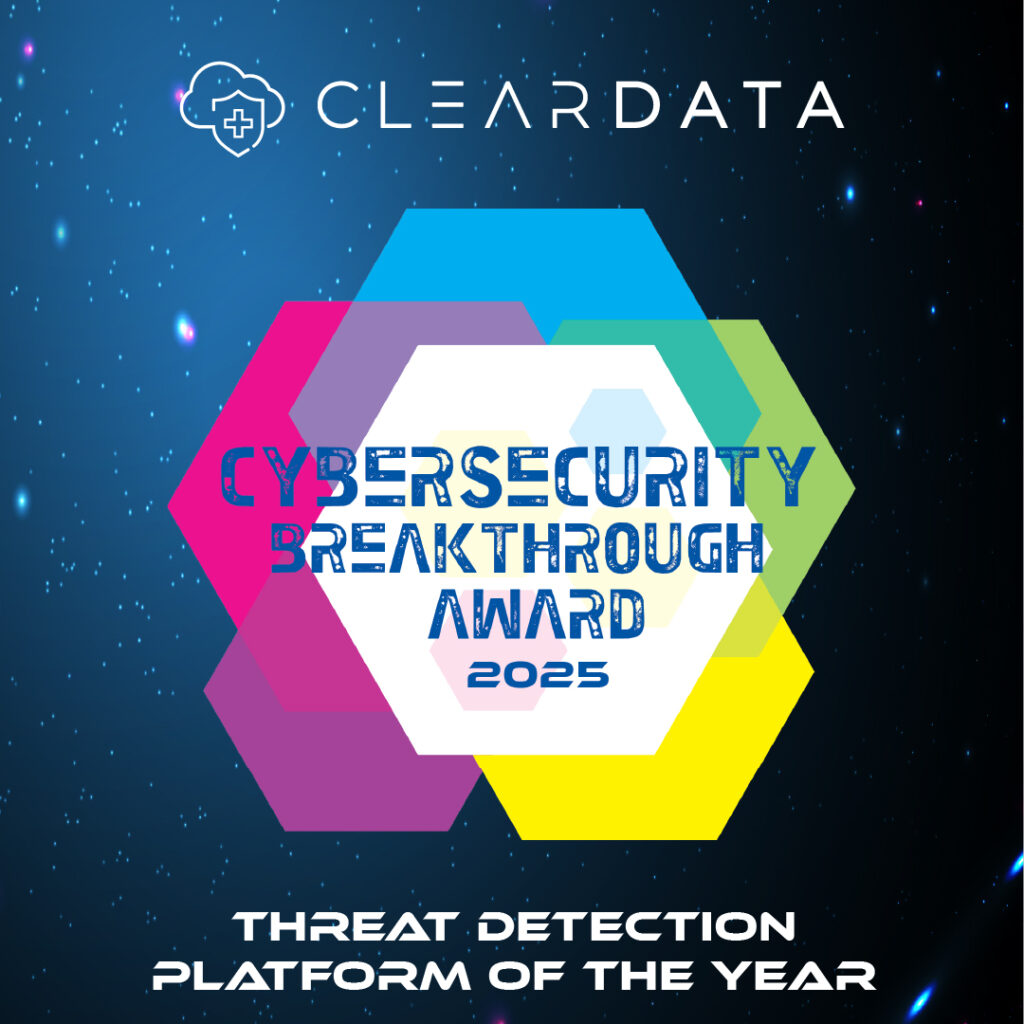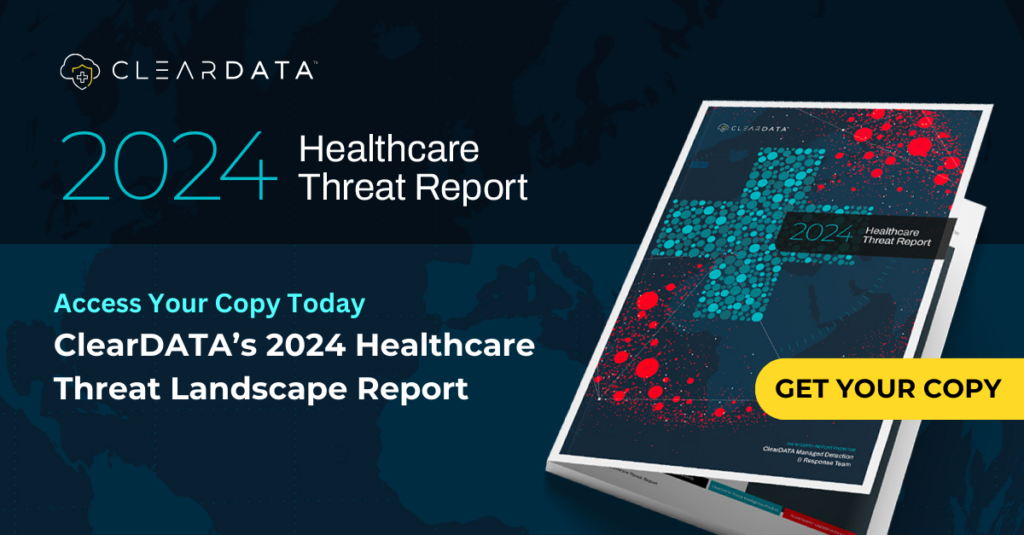When The Alarm Bells Ring: What Really Happens When Your Credentials Are Compromised

Written by Chris Bowen, Chief Information Security Officer, originally published as a Council Post for Forbes Technology Council.
It started with a jolt on a quiet Sunday in late April: Microsoft Defender for Identity began firing off alerts to customers around the world, warning them that their credentials had been compromised. Security teams sprang into action—revoking access, triggering incident response protocols and notifying stakeholders. The only problem? There was no breach. The alerts were false positives, triggered by a configuration issue that Microsoft later resolved.
It wasn’t a breach, but it felt like one.
The incident is a cautionary tale. Whether the compromise is real or the result of faulty telemetry, the consequences—panic, downtime, reputational risk—are very real. In a world where credential-based attacks are now the top vector for breaches, organizations cannot afford confusion.
The Cost Of Compromised Credentials
The healthcare sector, with its troves of protected health information (PHI), is a prime target. A single set of stolen credentials can provide bad actors with an open door to sensitive systems, leading to ransomware attacks, data exfiltration, regulatory fines and reputational harm.
In 2020, hackers gained access to Universal Health Services (UHS) systems through compromised login information. The result was catastrophic: Ambulances were rerouted, surgeries were delayed and electronic health records were inaccessible for weeks. The breach ultimately cost UHS over $67 million in recovery and lost revenue.
It’s not just healthcare. Colonial Pipeline’s 2021 ransomware attack originated from a single compromised VPN credential. The attack caused widespread fuel shortages across the East Coast and led to a $4.4 million ransom payment. Had multifactor authentication (MFA) been in place, the attackers might never have gained access.
The Real Problem: Identity Overload
The Microsoft false alarm raises an uncomfortable question: How confident are we in our ability to distinguish real breaches from noise? Many organizations lack a unified identity governance strategy. They are drowning in identities—with each cloud platform, software-as-a-service (SaaS) app and remote contractor introducing new vulnerabilities.
Now more than ever, identity is the new perimeter. We must become more rigorous in how we think about access, especially in regulated environments where a misstep isn’t just expensive—it’s also illegal.
What ‘Zero Trust’ Misses—And What’s Next
“Zero trust” has become the de facto rallying cry in cybersecurity, yet its overuse has eroded its meaning. Rather than chase buzzwords, organizations should pivot toward a principle I call “Prove First, Permit Later.”
It’s not just about denying access until proven trustworthy—it’s about continuously verifying trust even after access is granted. This requires robust identity intelligence, behavioral monitoring and dynamic authentication controls—not just MFA boxes checked once at login.
Four Lessons From The Field
From the Microsoft mix-up to real-world calamities, there are critical takeaways for any security-conscious organization:
- Treat identity as a first-class citizen. Don’t just audit roles—understand how credentials are used across the organization.
- Automate your response. When a credential is flagged, your detection system should instantly trigger isolation, containment and human review.
- Monitor behavior post-authentication. Just because someone got in doesn’t mean they belong there.
- Educate and empower users. Most breaches start with phishing. Continuous training remains a vital front line.
How We Turned A Scare Into A Strategy
A few years ago, after investigating what appeared to be a credential misuse event tied to a privileged cloud admin account, we realized there was no unified view of identity usage across our environments. Each platform had its own siloed logs and authentication protocols.
Instead of waiting for a genuine compromise, we used the event as a turning point. We launched a cross-functional initiative to build and implement a governance framework that mapped every privileged identity to a role and a business owner, established behavioral baselines using cloud-native tools and introduced a rules engine to dynamically trigger alerts or revoke access when anomalies were detected.
One concrete example: We linked suspicious login activity to contextual triggers like time of day, location and workload type, and we automated policy enforcement using behavioral analytics. When a developer’s credentials were used to launch a resource in an unfamiliar region at an unusual hour, the system automatically revoked the session and sent an alert to the security engineering team.
We also redesigned our onboarding process to enforce least privilege by default and required alerting and review of access by business stakeholders. This provided our compliance and audit teams with real-time evidence of identity control maturity.
Looking Ahead
The Microsoft incident didn’t lead to a breach, but it did offer a glimpse into how quickly confusion can spiral. For every real credential compromise, there are hundreds of false alarms. For every false alarm, there’s a real one that goes unnoticed.
In today’s threat landscape, verifying identities isn’t enough. You need a system that can prove context, track behavior and revoke access dynamically before credentials become compromised.
Originally published for Forbes Technology Council, July 14, 2025. Chris Bowen is the CISO and founder at ClearDATA. Chris leads ClearDATA’s privacy, security and compliance strategies.


